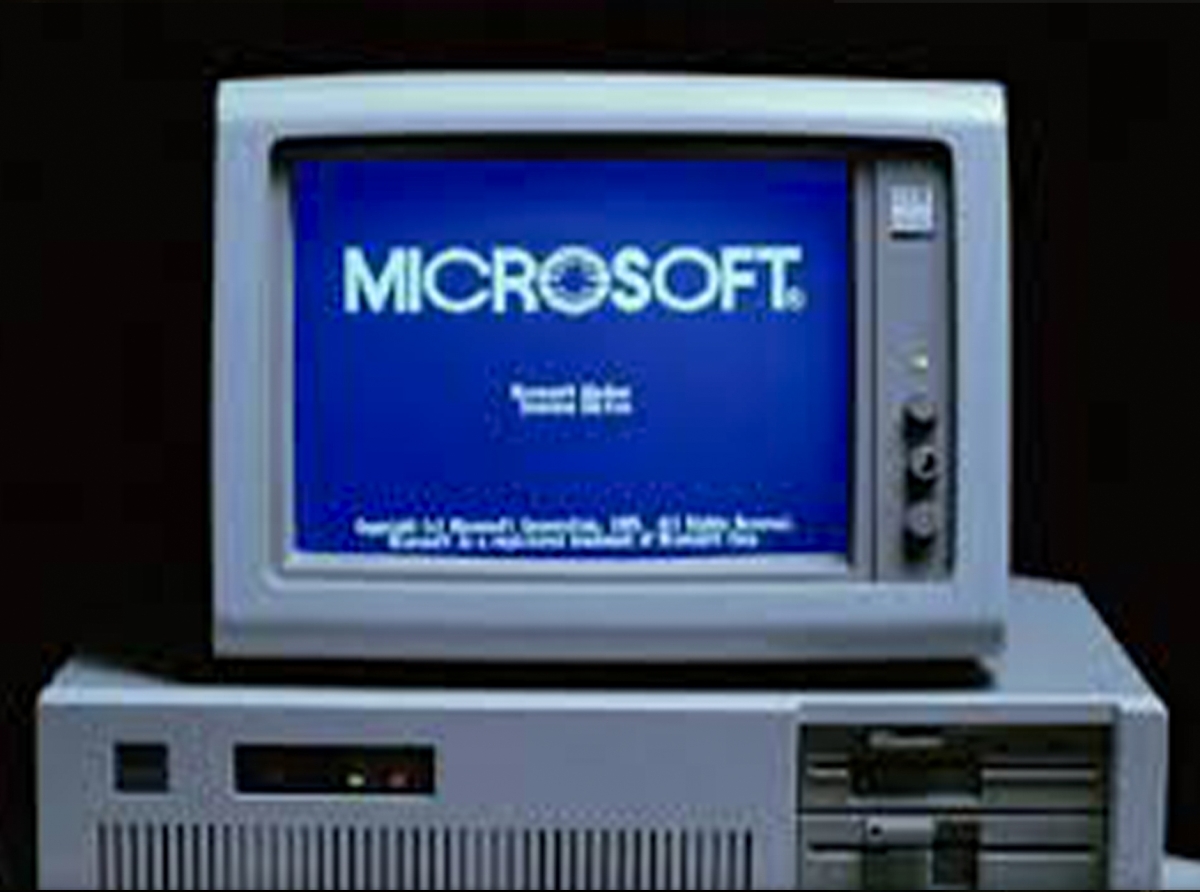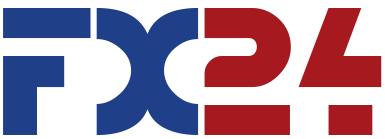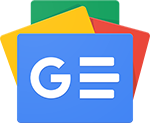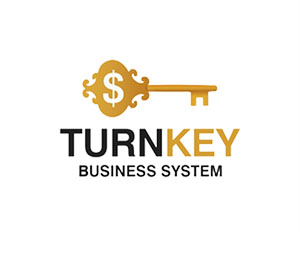How Micro-soft Became Microsoft: The Brand's Evolution That Changed the IT Industry

How Microsoft Became Microsoft: The Brand's Evolution That Changed the IT Industry
Exactly forty-nine years ago, an event occurred that today seems like a minor formality, but at the time symbolized the transition of a small student company to a future technological empire.
In November 1976, the name Micro-soft officially dropped the hyphen and became Microsoft—a coherent, recognizable, and perfectly suited company that would define the direction of personal computing for decades to come.
In November 1976, the name Micro-soft officially dropped the hyphen and became Microsoft—a coherent, recognizable, and perfectly suited company that would define the direction of personal computing for decades to come.
At first, nothing foreshadowed its global future. In early 1975, the Altair 8800 attracted the attention of enthusiasts, but remained essentially a construction kit with blinking lights until MITS director Ed Roberts decided to add programmability. At that moment, Bill Gates and Paul Allen entered the picture, offering a Basic interpreter for the Intel 8080.
The deal seemed lucrative: three thousand dollars and further royalties for each copy. But more importantly, their code was becoming the foundation of a new generation of home computers.
The deal seemed lucrative: three thousand dollars and further royalties for each copy. But more importantly, their code was becoming the foundation of a new generation of home computers.

How Micro-soft Became Microsoft: The Brand's Evolution That Changed the IT Industry
Around that time, it became clear that this wasn't a one-time contract. Gates and Allen decided to incorporate the company. The name Allen & Gates quickly seemed too formal, so Allen suggested "Micro-soft"—a portmanteau of "microprocessors" and "software."
On April 4, 1975, the company was officially incorporated in Albuquerque. Gates became CEO and received a controlling stake; Allen retained a smaller stake because he continued working at MITS. The first employee was Monte Davidoff, who developed a math library for Altair Basic. Their contributions were recorded fairly and directly: Allen wrote the supporting code, Gates the core module, and Davidoff the math functions.
On April 4, 1975, the company was officially incorporated in Albuquerque. Gates became CEO and received a controlling stake; Allen retained a smaller stake because he continued working at MITS. The first employee was Monte Davidoff, who developed a math library for Altair Basic. Their contributions were recorded fairly and directly: Allen wrote the supporting code, Gates the core module, and Davidoff the math functions.
Despite its modest scale, Microsoft earned around sixteen thousand dollars in its first year. Gates quickly realized that software could exist independently of hardware and began forming new partnerships. Basic was adapted for other systems and sold through several manufacturers, including General Electric. This became an early manifestation of the model in which software became an independent industry rather than an add-on to hardware.
As the business grew, the brand's perception itself changed. The hyphen gradually disappeared from business correspondence: continuous writing looked more modern and reflected the company's growing desire for a cohesive, unified image. On November 26, 1976, this practice was officially formalized—Micro-soft became Microsoft.
As the business grew, the brand's perception itself changed. The hyphen gradually disappeared from business correspondence: continuous writing looked more modern and reflected the company's growing desire for a cohesive, unified image. On November 26, 1976, this practice was officially formalized—Micro-soft became Microsoft.
The story of the rebranding is often perceived as a romantic episode from the "garage era."
In reality, it reflects a far more pragmatic picture: a clear understanding of the moment, an ability to see market potential where others saw hobbyist toys, and an early belief in the value of software code as a product in its own right.
It was this mixture—not the myth of a genius in a garage—that became the foundation of a company that would later define the standards of the global IT industry.
In reality, it reflects a far more pragmatic picture: a clear understanding of the moment, an ability to see market potential where others saw hobbyist toys, and an early belief in the value of software code as a product in its own right.
It was this mixture—not the myth of a genius in a garage—that became the foundation of a company that would later define the standards of the global IT industry.
By Miles Harrington
November 28, 2025
Join us. Our Telegram: @forexturnkey
All to the point, no ads. A channel that doesn't tire you out, but pumps you up.
November 28, 2025
Join us. Our Telegram: @forexturnkey
All to the point, no ads. A channel that doesn't tire you out, but pumps you up.









Report
My comments